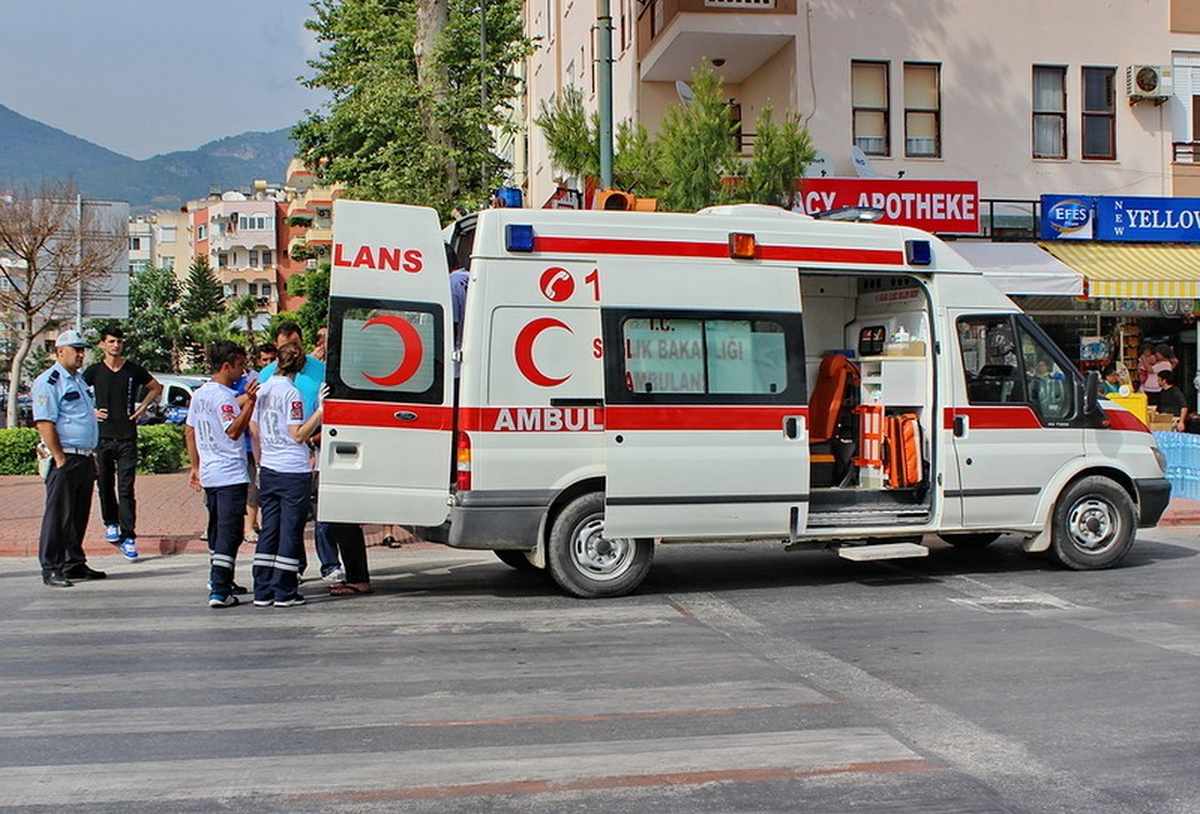A new disaster at the popular Turkish resort awaits inattentive tourists: experts have warned of “contamination” of coastal waters with toxic inverted flat jellyfish of Indo-Pacific origin, which pose a serious danger to humans. According to Dr. Nurchin Killy, these jellyfish are extremely dangerous to humans: any, even a light touch of this animal, will turn into a human hospital ward. This was reported by the Turkish media.
Cassiopea andromeda jellyfish, previously discovered by expert diver Tahsin Ceylan in the Gulf of Sarsai, near the resort of Dalaman in the Aegean Sea in September 2000 by the chairman of the Council for the Environment and Underwater Cinema, was discovered on the shores of the popular resort of Kash in Antalya province. : “The species, which looks like a polyp, reproduces sexually. It has burning capsules called nematocytes. Not touching these animals is the best choice. To touch them means to get to the hospital. ”
According to the expert, this species probably got into the Mediterranean with ballast water ships. “We have found that jellyfish are now breeding incredibly fast. They undergo rapid changes in the ecosystem: they usually do not rise to the surface, but live at the bottom in muddy shoals and tidal sands. Although they depend on the bottom, they can be seen a little higher – in the pelagic region of the sea. Tourists should be careful in the places where they swim, and in no way touch these sea creatures, “- warned the expert, adding that these dangerous creatures may show short-term movement to protect and feed.
As explained by the associate professor of aquaculture at Mugla University Sitko Kochman, the reason why the jellyfish is called inverted and flat, is that, being on sandy and muddy soil, it seems to stand upside down. Inexperienced divers can confuse this species with a sea plant that you want to touch.
According to En Son Haber, the species was first discovered in the Mediterranean off the coast of Israel in 1990. Dr. Killy noted that the toxic jellyfish, which experts believe penetrated the Suez Canal, became the first migrant jellyfish to successfully settle in the Mediterranean.
Off the coast of Turkey, in the Dalaman region, this species was first spotted in September 2000. In later periods, found in the bays of the tourist cities of Center, Oludeniz, Hisaronu and Gulluk. And now in abundance and in the waters of the main resort province of Antalya. “Such species are often found in coastal areas in the spring, summer and autumn months, because at this time there are favorable temperatures for extreme growth of jellyfish. These greenish-brown creatures have very burning cells on the edge of the umbrella and in the mouth, “said Dr. Killy.
In addition, jellyfish are able to adapt quickly and reproduce intensively in new conditions. “Of course, human factors, such as climate change, overfishing, and increasing coastal structures, are also contributing to the spread of these creatures. Inverted flat jellyfish are more likely to be found during dives. They are widespread in shallow water, in lagoons on sandy-silty soils, “he added.
Upon contact, the animal may leave a person with redness, burning, itching and pain. “But these effects can vary depending on the allergic reaction that a person will have. More sensitive people will experience nausea and vomiting. In case of contact with these creatures, the burn area should be rinsed with sea water, and then immediately go to the hospital, because there may be a delayed reaction of the body to contact with jellyfish.

